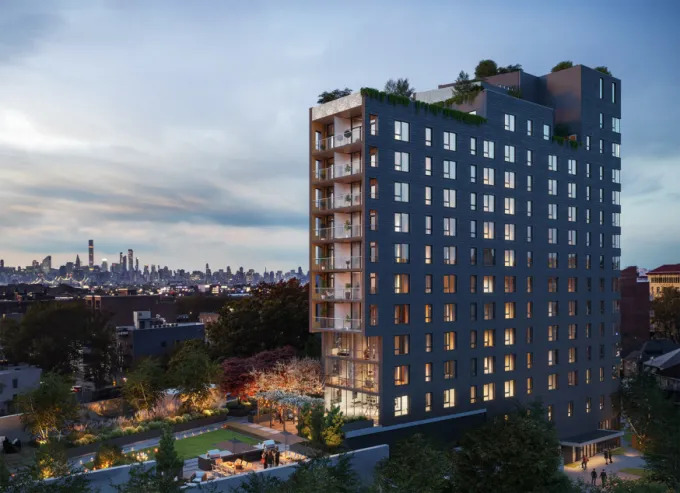Every day, we hear from older New Yorkers struggling with the city’s housing shortage. High housing costs, long commutes, cramped apartments, and instability have made the impact of this crisis unavoidable. NYC Aging, the city agency dedicated to supporting nearly 1.8 million older adults, and AARP are committed to ensuring they can age at home in the communities they helped build. However, affordable housing is becoming increasingly out of reach with New York City’s vacancy rate at a mere 1.4 percent—the lowest in more than half a century.
Too often, though, our older adults are left out of the conversation around housing. Many older New Yorkers live on fixed incomes and struggle to pay rent. Without an increase in affordable housing options, older New Yorkers and their caregivers — whose help is crucial to allow older adults to age in place and live independently — will struggle to remain in the city. As the city’s population continues to age, these concerns will only grow. We need to implement policies to ensure we have appropriate and affordable housing for older New Yorkers now and in the future.
Mayor Eric Adams’s housing proposal to reform our zoning laws offers a solution by making it possible to build a little more housing across New York City, including the legalization of accessory dwelling units or ADUs.
ADUs are small, independent homes located on the same property as a primary home. They can be located within the existing home or in a fully independent and detached structure. ADUs come in various forms, such as basement apartments, attic conversions, in-law suites, or backyard cottages. Allowing accessory dwelling units will give older New Yorkers the freedom to downsize, supplement their income, and live near their loved ones or caregivers. Let’s ensure older New Yorkers can age in place in their communities and continue contributing to the greatness of New York City by embracing the concept of accessory dwelling units.
ADUs can help families provide a living space for loved ones or caretakers. They bring in extra income, build generational wealth, and provide extra space for families to grow — all without significantly changing the look and feel of their neighborhood. In a city that seems to be running out of living space, ADUs maximize the use of existing living areas. ADUs can singlehandedly tackle one of New York City’s most pressing issues by building more housing.
The data also shows the real excitement and growing support for ADUs. In an AARP survey of people age 50 and older, seven in 10 respondents said they would consider building an ADU for a loved one who needs care. When the Adams administration started a pilot ADU program, the pilot received 2,800 responses within the first two months, and nearly 80 percent of applicants expressed interest in improving their family’s finances or housing a loved one. Now, we can take the next step by legalizing ADUs, turning a successful pilot into a permanent program that can do even more.
Our city can — and must — change with the times. Many other cities across the country have successfully legalized ADUs, and they have seen the benefits: from families that have been able to grow with extra space, grandparents who have been able to move closer to younger generations, and first-time homeowners who were able to afford a home, all thanks to an ADU. And these cities’ experiences have exemplified the ethos of “a little more housing” that the Adams administration is pursuing: across the country, around 5 percent of eligible homeowners have pursued ADUs. For those homeowners who do add an ADU, it can be life-changing. New Yorkers can experience these incredible benefits too. All we have to do is ‘approve the commonsense policy of ADUs.
From older adults fighting to stay in the neighborhoods they call home to young people struggling to find a living space, accessory dwelling units can be a lifeline to stable, affordable housing. For too long, our policies have been stuck in the past, ignoring the present: We are facing a generational housing crisis. The only solution is to build more and make it easier, not harder, for homeowners to join forces with government in addressing this crisis head on. Together, we can build a better future, but that must include legalizing accessory dwelling units.
Read More: https://www.amny.com/opinion/





































